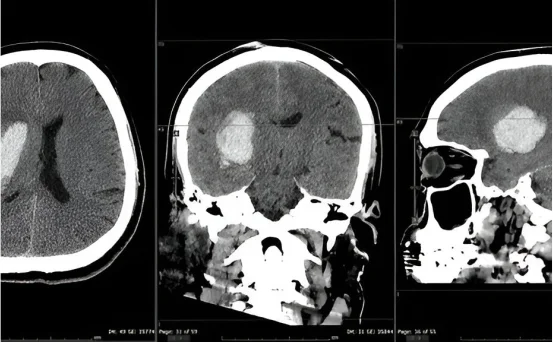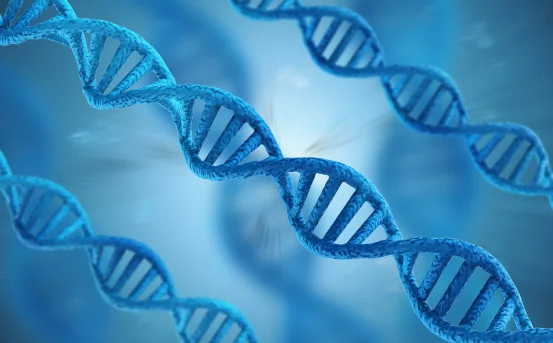Treatment for fractional co2 laser has emerged as one of the most effective skin rejuvenation procedures available today. Whether you’re struggling with acne scars, fine lines, wrinkles, sun damage, or uneven skin tone, this laser-based skin resurfacing technique offers dramatic improvements with minimal downtime compared to traditional ablative lasers.
As we age or experience environmental damage and skin trauma, the skin loses collagen and elasticity, leading to visible imperfections and texture irregularities. While over the counter creams and home remedies offer minimal improvements, fractional CO2 laser therapy targets the deeper layers of the skin to stimulate natural healing, collagen regeneration, and long-term rejuvenation something most topical treatments can’t achieve.
What is Treatment for Fractional CO2 Laser ?
Fractional CO2 laser treatment is a skin-resurfacing procedure that uses a carbon dioxide (CO2) laser to create tiny, controlled micro-injuries in the skin. These microscopic columns of laser energy penetrate the skin’s surface and stimulate collagen production, leading to smoother, firmer, and younger-looking skin over time.
Unlike traditional CO2 lasers that treated the entire surface area, fractional CO2 lasers treat only a “fraction” of the skin at a time. This fractional approach speeds up healing and reduces downtime while still delivering excellent results.
Common Skin Conditions Treated with CO2 Fractional Laser
Fractional CO2 laser therapy is commonly used to treat :-
-
Acne scars
-
Surgical or traumatic scars
-
Wrinkles and fine lines
-
Sun-damaged skin
-
Enlarged pores
-
Uneven skin tone and texture
-
Stretch marks
-
Pigmentation issues
It is especially popular for treating facial skin, but it can also be used on the neck, chest, hands, and other areas.
How Does Fractional CO2 Laser Work?
The CO2 laser delivers precise beams of light energy that vaporize microscopic layers of skin. This process removes damaged skin cells and stimulates new collagen and elastin production in the underlying layers. The untreated areas of skin surrounding each laser microchannel help to speed up the healing process, reduce risks, and provide a more natural-looking result.
The depth and intensity of the laser can be adjusted based on the severity of the skin concern, skin type, and treatment goals. Typically, only 20% to 30% of the skin is treated during a single session, which is why multiple sessions are often recommended.
Benefits of treatment for fractional co2 laser
Minimally Invasive with Impressive Results
Fractional CO2 laser therapy offers surgical-like results without actual surgery. Skin becomes tighter, brighter, and more youthful with just a few sessions.
Customizable for Various Skin Concerns
Whether it’s deep wrinkles, acne scars, or stretch marks, the treatment can be customized for each patient’s specific skin condition and depth of damage.
Stimulates Natural Collagen Production
The laser triggers your body’s natural healing response, resulting in long-lasting collagen remodeling which improves elasticity and skin tone.
Shorter Downtime Compared to Traditional Lasers
While fractional CO2 laser still requires some downtime, recovery is faster and more comfortable than traditional fully ablative lasers.
Safe and Effective for Most Skin Types
With proper pre-treatment preparation and post-care, even patients with darker skin tones can benefit safely from fractional CO2 laser treatment.
What to Expect During the Procedure
Here’s a step-by-step overview of what happens during a typical fractional CO2 laser treatment :-
Consultation and Assessment
A dermatologist or cosmetic surgeon will evaluate your skin, medical history, and treatment goals. They will explain how many sessions you may need and what results you can expect.
Pre-Treatment Preparation
You may be prescribed topical retinoids or antiviral medication in the days leading up to the procedure, especially if you have a history of cold sores.
Numbing and Cleansing
A topical numbing cream is applied to minimize discomfort. In some cases, a local anesthetic may be used for deeper treatments.
Laser Application
The CO2 laser is passed over the skin in a grid-like pattern. The session usually lasts 30 to 60 minutes, depending on the size of the area treated.
Immediate Aftercare
Your skin will feel warm and may appear red or swollen, similar to a sunburn. A soothing cream or ice pack may be applied post-procedure.
Post-Treatment Care and Recovery
After fractional CO2 laser treatment, proper skincare and healing support are crucial for the best results and minimal side effects.
Initial Recovery (Days 1–7) :-
-
Redness, swelling, and mild discomfort are common.
-
Tiny scabs or flakes may appear as your skin begins to regenerate.
-
Avoid sun exposure completely.
-
Use a gentle cleanser and prescribed moisturizer to keep the skin hydrated.
-
No makeup for 5–7 days post-treatment.
Ongoing Healing (Weeks 2–4) :-
-
Redness may persist in sensitive individuals.
-
Collagen production continues, and skin texture improves.
-
Resume sunscreen use daily.
Full Recovery (1–3 Months) :-
-
Final results begin to show as new collagen tightens the skin.
-
Scars, lines, and discoloration are visibly reduced.
Are There Any Side Effects?
Fractional CO2 laser treatment is generally safe when performed by a qualified professional. However, like all procedures, there can be temporary side effects, including :-
-
Redness and swelling
-
Dryness and peeling
-
Skin sensitivity
-
Temporary darkening or lightening of skin (especially in darker skin tones)
-
Rarely, infection or scarring
These risks can be minimized by choosing an experienced provider and following all aftercare instructions.
How Many Sessions Do You Need?
The number of sessions required depends on your skin condition and desired results. Most patients benefit from:
-
1–3 sessions for moderate wrinkles and pigment issues
-
3–5 sessions for acne scars or deep scars
-
Sessions are spaced about 4 to 6 weeks apart to allow for healing.
Your doctor will design a personalized treatment plan after evaluating your skin.
Who Should Avoid Fractional CO2 Laser?
This treatment is not suitable for everyone. You should avoid it if you :-
-
Have active acne or infections in the treatment area
-
Are pregnant or breastfeeding
-
Have a history of keloid scars
-
Take medications like isotretinoin or have autoimmune skin conditions
-
Have recently undergone chemical peels or other laser treatments
Always disclose your full medical history to your dermatologist during consultation.
Conclusion
Fractional CO2 laser treatment offers a powerful solution for those seeking smoother, more youthful skin without invasive surgery. With its ability to reduce scars, wrinkles, and pigmentation while stimulating collagen naturally, it continues to be a favorite choice among dermatologists and patients alike.























